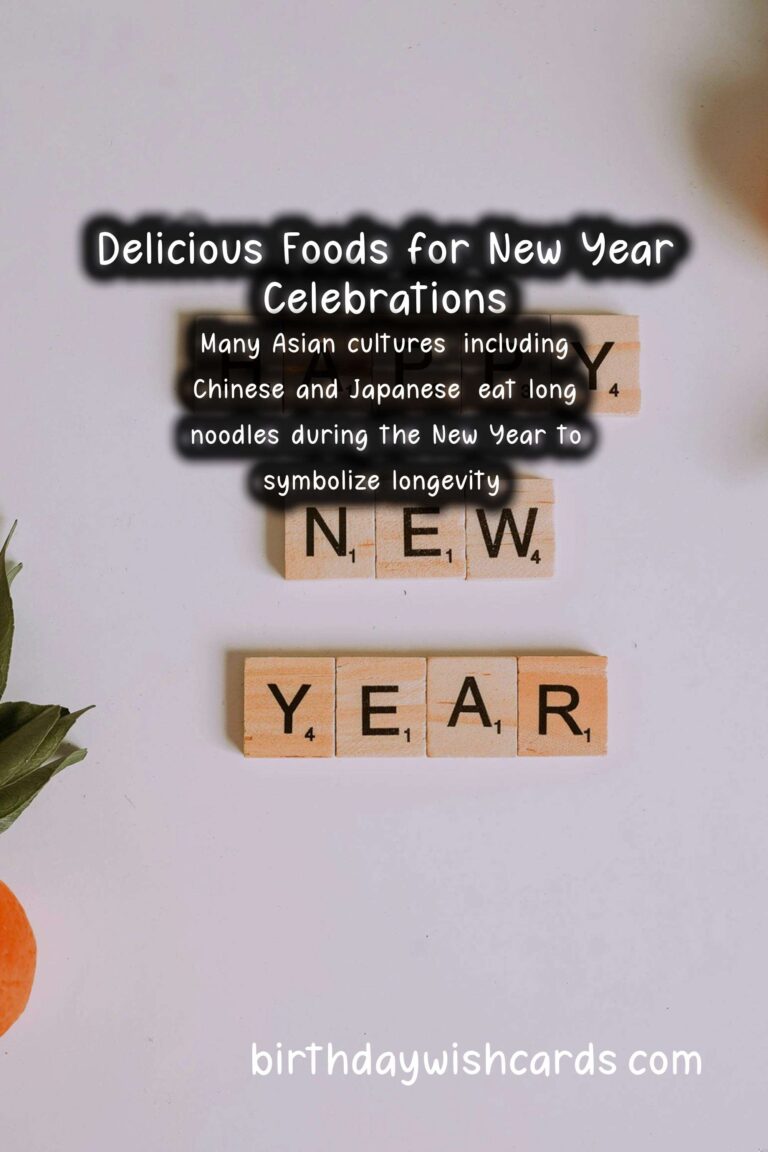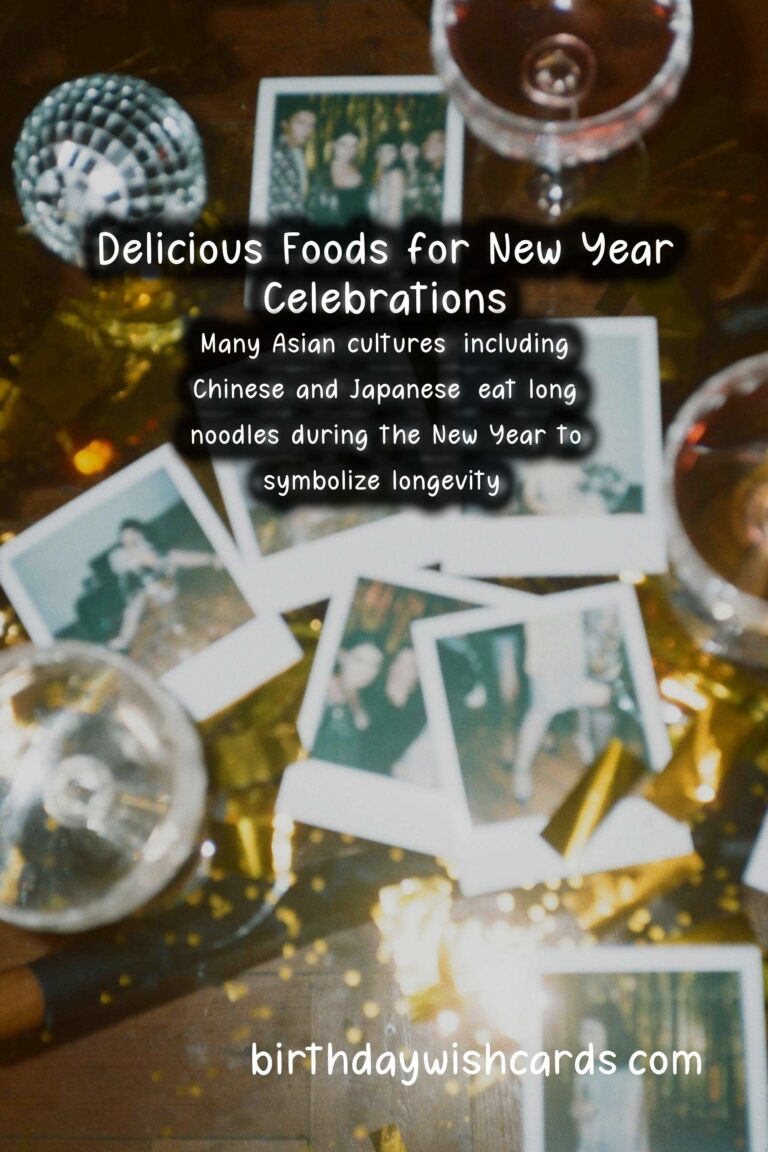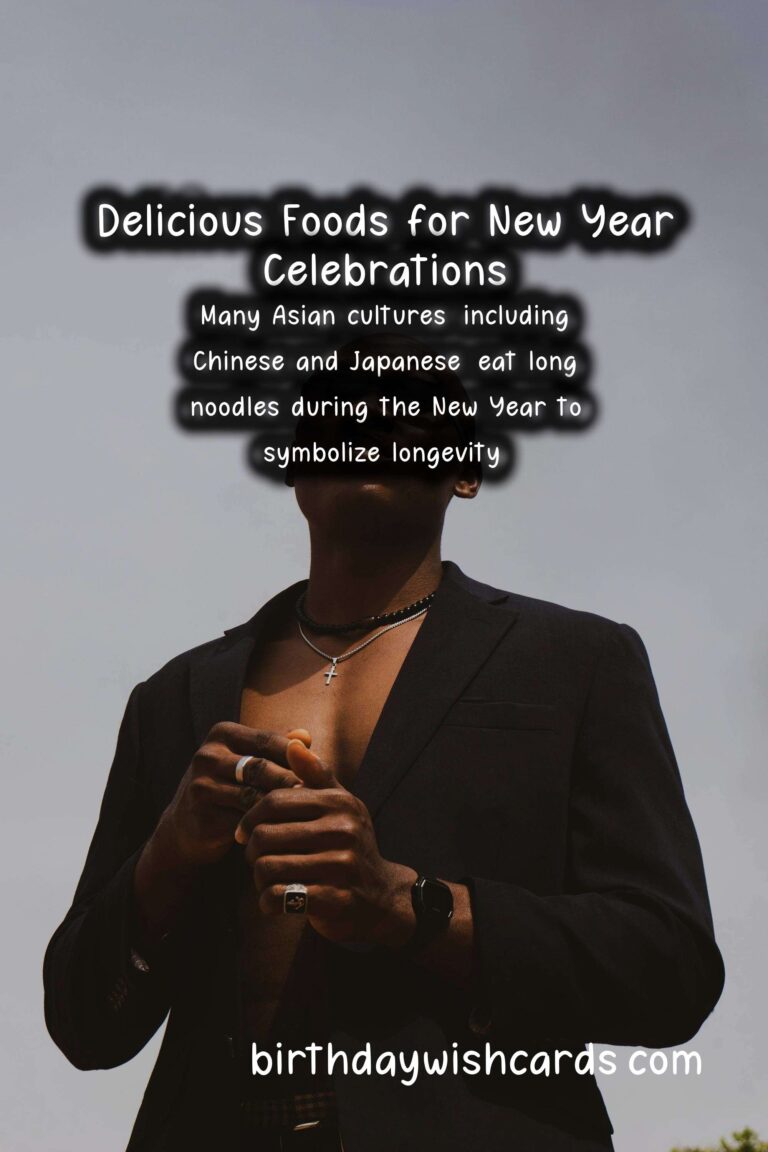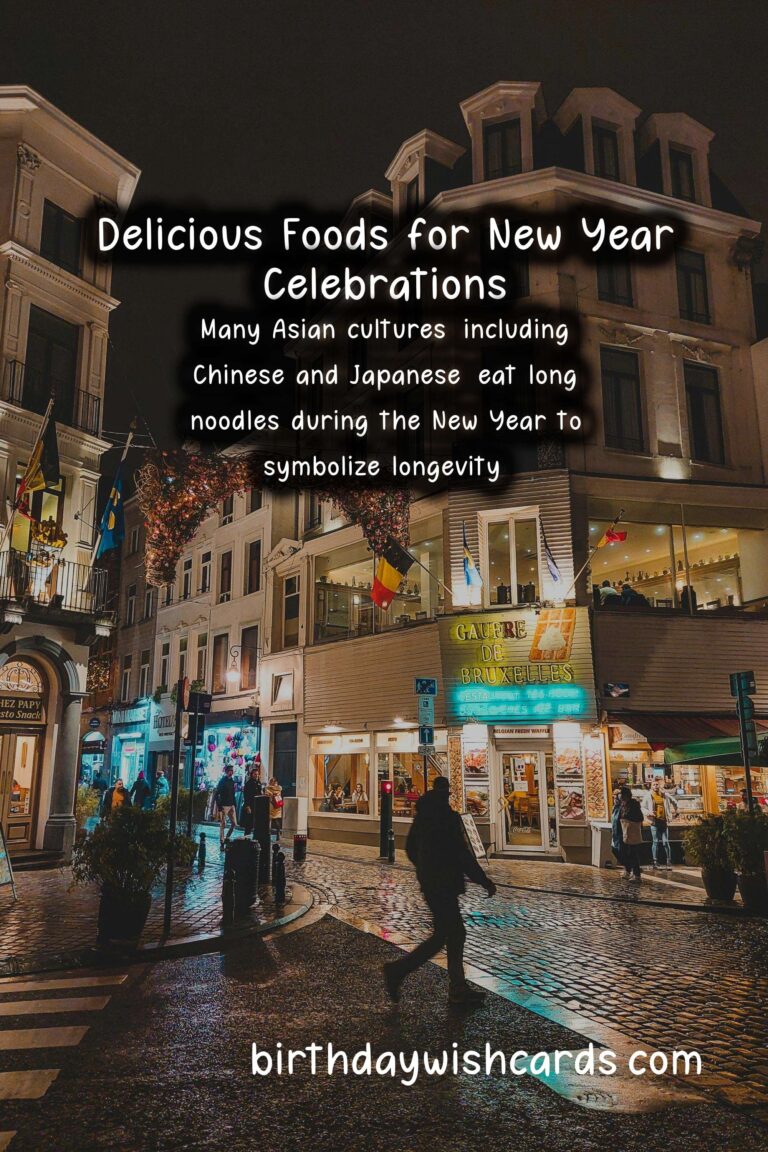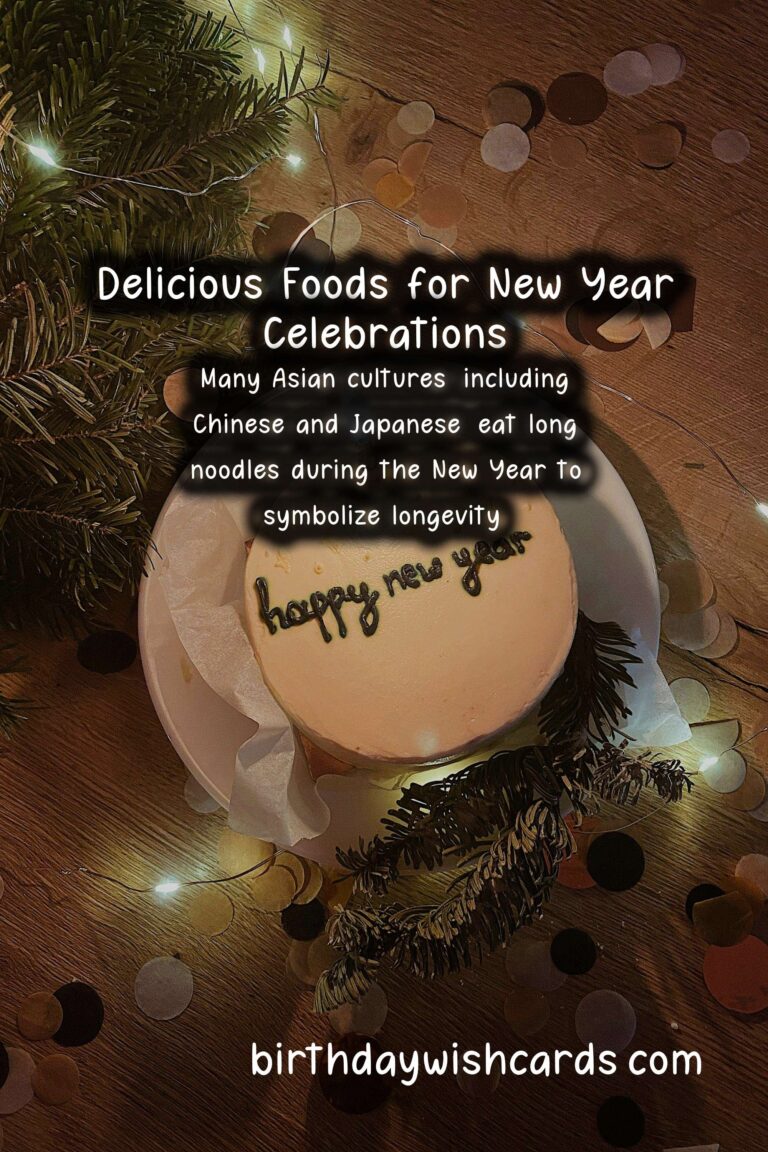
The New Year is a time of reflection, celebration, and, most importantly, feasting on delicious foods. Different cultures around the world have their own traditional New Year foods that symbolize prosperity, health, and happiness for the coming year. In this article, we will explore some of the most popular and delectable foods associated with New Year celebrations globally.
1. Grapes – A Spanish Tradition
In Spain, it is customary to eat twelve grapes at midnight on New Year’s Eve, one for each stroke of the clock. This tradition is believed to bring good luck for the coming year. Each grape represents a month, and eating them on time ensures prosperity and happiness.
2. Black-Eyed Peas – A Southern Delight
In the Southern United States, black-eyed peas are considered a symbol of good luck and prosperity. Often served with collard greens and cornbread, consuming these legumes on New Year’s Day is thought to bring wealth and happiness.
3. Noodles – Long Life in Asia
Many Asian cultures, including Chinese and Japanese, eat long noodles during the New Year to symbolize longevity. The longer the noodle, the better! Often stir-fried or served in soups, noodles are a staple in New Year feasts across Asia.
4. Peking Duck – A Chinese Favorite
A dish often reserved for special occasions, Peking duck is a classic Chinese meal served during New Year celebrations. The crispy skin and tender meat, typically served with pancakes and hoisin sauce, represents prosperity and happiness.
5. Rosca de Reyes – A Sweet Tradition
In many Spanish-speaking countries, Rosca de Reyes is enjoyed during the New Year. This sweet bread, shaped like a crown, is decorated with fruits and symbolizes the arrival of the Three Wise Men. It’s common to hide a figurine inside; the person who finds it hosts the next gathering.
6. Tamales – A Mexican Tradition
For many Mexican families, tamales are a holiday staple. Made from masa (corn dough) and filled with meats, cheeses, or sweets, these treats are wrapped in corn husks and steamed. They symbolize community as families come together to prepare them.
7. Soba Noodles – A Japanese New Year
In Japan, eating soba noodles on New Year’s Eve signifies cutting off the past and starting fresh in the new year. The long and thin noodles symbolize longevity and prosperity.
8. Luck Charms in Food Form
Across various cultures, specific foods are believed to bring good fortune. In Italy, lentils are consumed for prosperity, while in Greece, a cake called Vasilopita is baked with a coin for luck, signifying prosperity for the new year.
9. Hoppin’ John – A Southern Staple
Another traditional New Year’s dish from the Southern United States, Hoppin’ John consists of black-eyed peas, rice, and pork. It’s believed that eating this dish on January 1st will bring prosperity and luck for the year ahead.
10. Champagne – A Sparkling Celebration
No New Year celebration would be complete without a toast of bubbly champagne. This festive drink symbolizes joy and celebration, providing a refreshing way to welcome in a new year.
As you can see, the foods associated with New Year celebrations vary widely around the world, each with its unique symbolism and tradition. Whether you’re indulging in a festive meal at home or enjoying the culinary delights of a different culture, these dishes can enhance your New Year celebrations. Happy New Year and bon appétit!
The New Year is a time of reflection, celebration, and, most importantly, feasting on delicious foods. Many Asian cultures, including Chinese and Japanese, eat long noodles during the New Year to symbolize longevity. 
